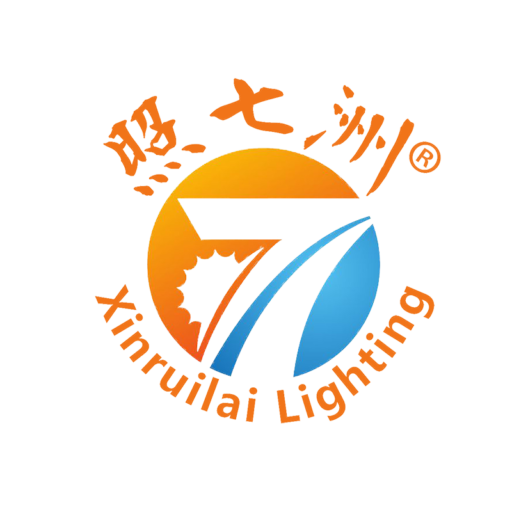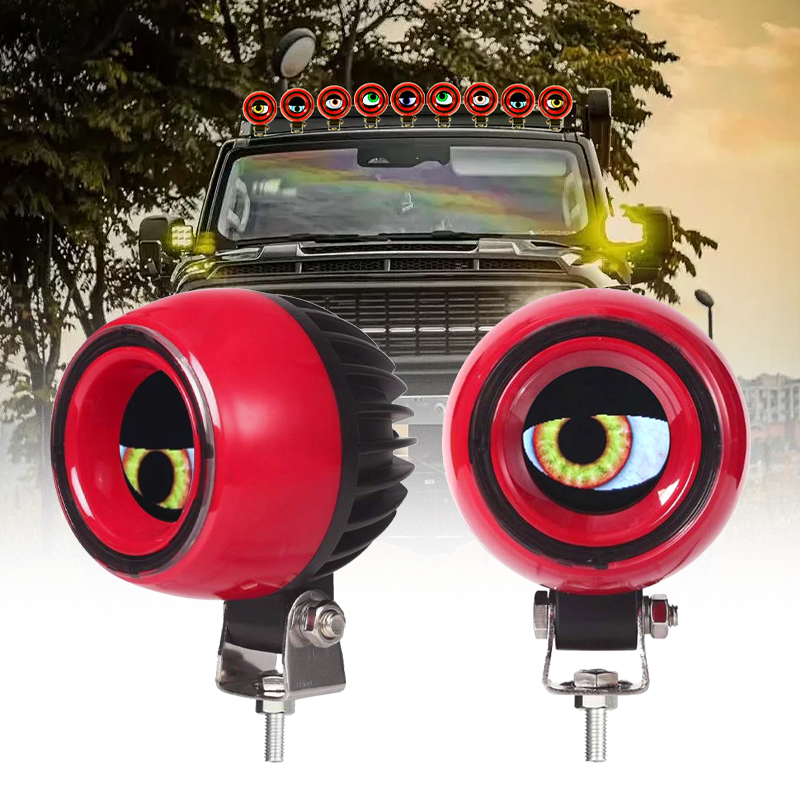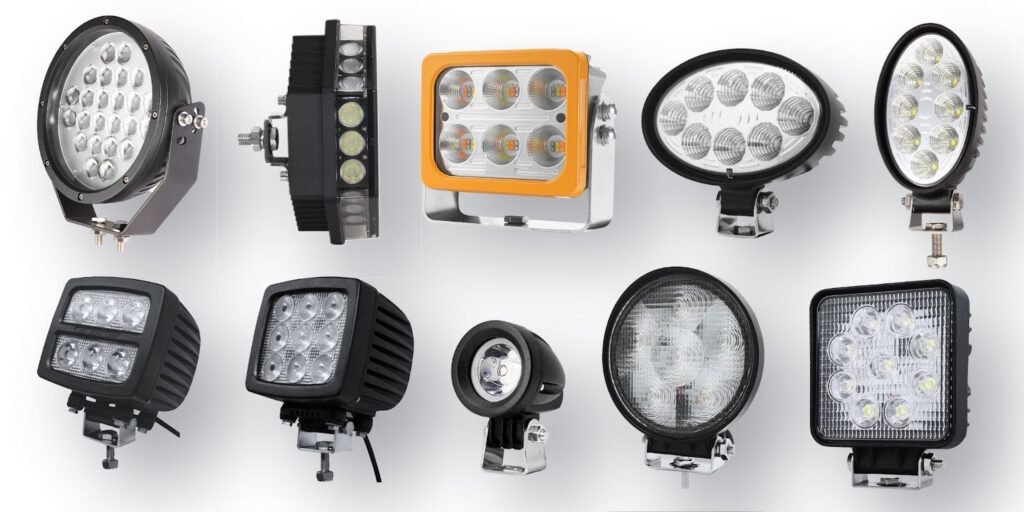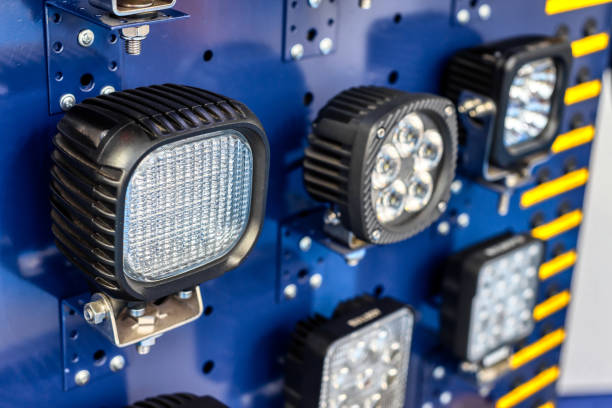LED lighting has become the standard for vehicle-mounted work lights, emergency warning lights, and color changing light bars used on trucks, utility vehicles, off-road builds, and emergency fleets. Their brightness, durability, and efficiency make them essential for outdoor operations.
But even the toughest LEDs don’t last forever. So, how long does LED lights last in these rugged automotive applications—and when should you consider a replacement?
What Is the Average Lifespan of LED Vehicle Lights?
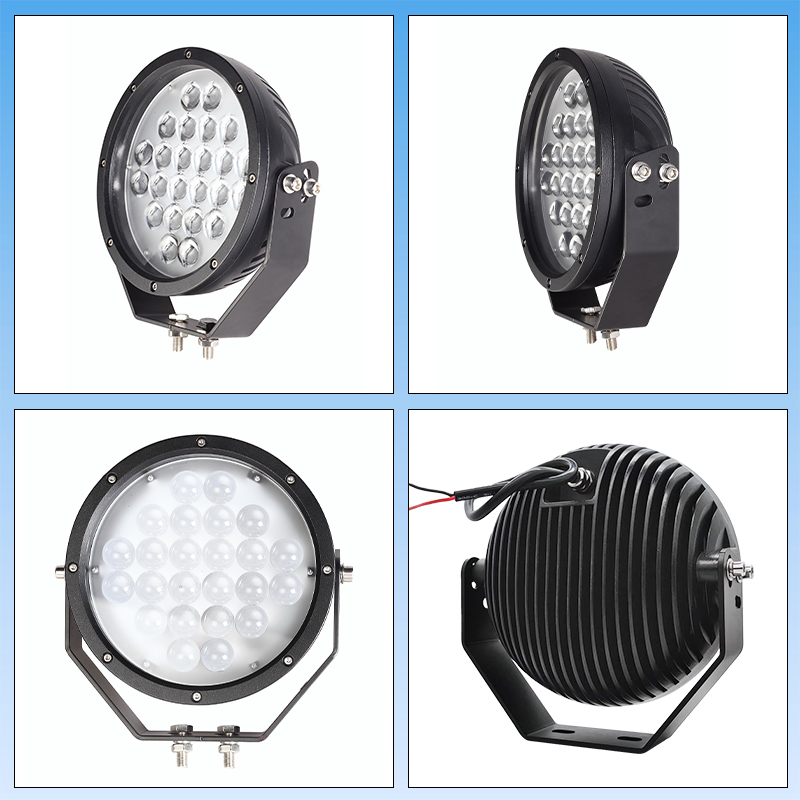
General Lifespan of Automotive LEDs
- Quality vehicle-grade LEDs typically last between 30,000 to 50,000 hours.
- That equals years of use, even in daily fleet or off-road environments.
- Compared to halogen or HID lights, LEDs offer significantly longer lifespan with less heat output.
Usage Conditions Affect Longevity
- Vibration exposure
Constant shaking (off-road or highway driving) may degrade solder joints.
- Weather resistance
Moisture, dust, and corrosion can affect the lifespan if housings are not IP-rated.
- Voltage variation
Surges from poorly regulated vehicle power can damage internal drivers.
- Heat dissipation
High-performance singular LED lights need solid aluminum housings or heatsinks to prevent premature failure.
Impact of Light Type
- Singular LED lights (spotlights, beam modules)
Often more durable due to focused application.
- Color changing light bars
May wear faster due to complex electronics and RGB diodes.
- Strobe or warning LEDs
Designed for frequent flashing, but still subject to wear after long-term use.
How Do I Know When My LED Light Needs Replacing?
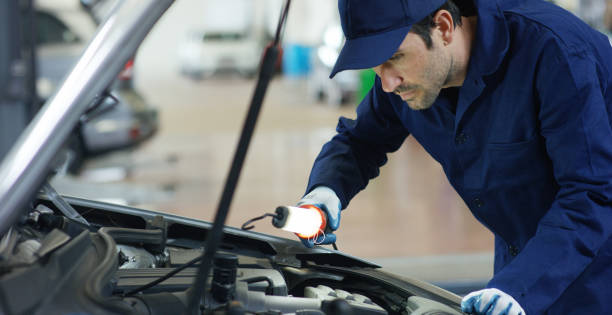
Unlike halogen bulbs that burn out instantly, LEDs fade or malfunction gradually. Here are key signs that your vehicle LED light is reaching the end of its useful life.
1. Noticeable Drop in Light Output
- A high-output work light no longer fully illuminates your work zone.
- Lumen depreciation below 70% of original brightness is a sign it’s time to replace.
2. Intermittent Flickering or Strobing
- Light may flicker when driving or only work in certain positions.
- Often due to internal component wear or connection issues from road vibration.
3. Color Shift or Inconsistency
- Especially common in color changing light bars, where colors may appear faded or stuck.
- RGB control chips degrade over time or from heat exposure.
4. Water or Dust Ingress
- Foggy lens, condensation, or corrosion inside the housing means the sealing has failed.
- Even if the LED still lights up, moisture shortens lifespan and affects performance.
5. Electrical Faults
- A light that takes longer to turn on or causes a fuse to blow may indicate driver circuit failure.
- Inconsistent behavior during vehicle startup is another warning sign.
How Long Does LED Lights Last Compared to Other Vehicle Lighting Options?
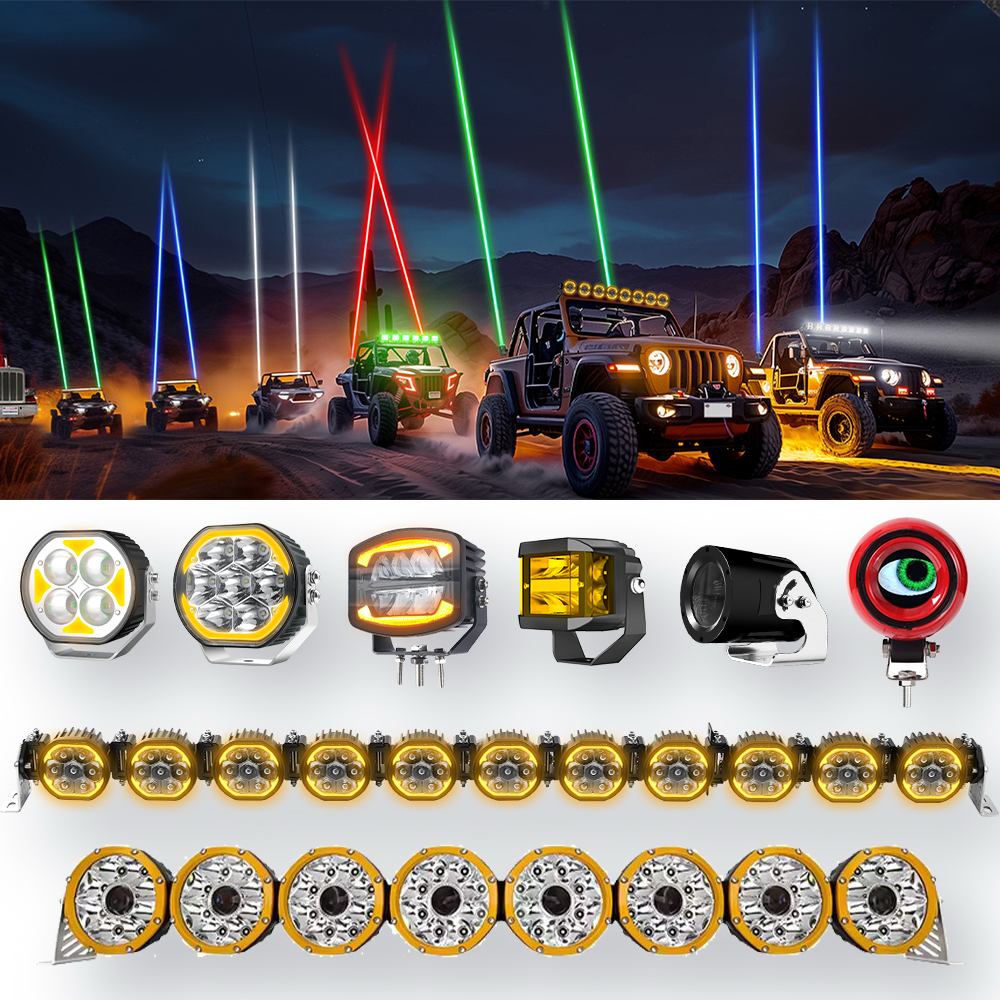
1. Automotive Lighting Comparison
| Lighting Type | Average Lifespan | Notes |
| LED Work Lights | 30,000–50,000 hrs | Most durable in all conditions |
| Halogen Lights | 500–1,000 hrs | Bright but short-lived |
| HID (Xenon) Lights | 2,000–3,000 hrs | Strong beam, sensitive to shock |
| Incandescent | 1,000 hrs | Rare in modern vehicles |
2. LED Advantages in Off-Road and Utility Use
- Instant full brightness when turned on—critical in emergency scenarios.
- Low power draw, saving your battery or alternator in low-voltage setups.
- Rugged design with sealed housings and vibration resistance.
When Should You Replace Your LED Vehicle Light?
Even if the light still turns on, performance degradation or hardware failure may compromise safety or efficiency.
1. After Rated Hours of Use
- Track your equipment usage; for daily 8-hour usage, a 30,000-hour LED will last ~10 years.
- Heavy commercial users (e.g., tow trucks, snow plows, fleet vehicles) should inspect yearly.
2. If Illumination Is No Longer Sufficient
- You may notice that a singular LED light on your bumper no longer lights the road ahead like it used to.
- This affects safety during nighttime or off-road work.
3. Malfunction in Light Pattern or Beam Spread
- Floodlights should cast evenly. Shadows, dark spots, or narrowed beams signal degradation.
- Color changing light bars stuck in one mode or color are clear indicators of internal failure.
4. Physical Damage to Housing or Lens
- Cracks, UV yellowing, or chipped lenses reduce light clarity and increase moisture risk.
- Replace immediately to prevent short circuits.
5. Loss of Sync in Paired Lights
- On vehicles with dual light bar setups, one bar may become out of sync or less bright.
- Replacing only the failing unit helps maintain consistent appearance and visibility.
How to Change LED Lights on a Vehicle
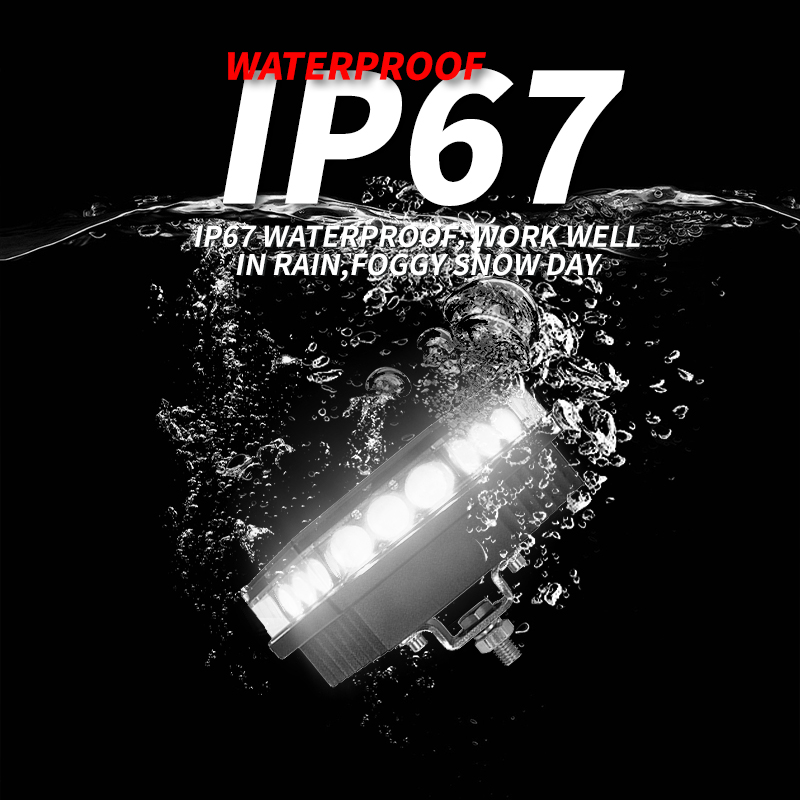
Whether replacing a roof-mounted LED light bar or bumper-mounted singular LED lights, proper replacement ensures your setup stays reliable.
1. Disconnect the Power
- Turn off the ignition and unplug the power source or battery connection.
- Use a multimeter to confirm no voltage at the wiring end.
2. Remove the Old Fixture
- Unscrew the mounting brackets and gently detach the LED light.
- Be careful with wiring; note wire colors and connections.
3. Inspect the Wiring and Mount
- Look for signs of wear, rust, or melted insulation.
- Replace damaged wires or connectors before installing a new unit.
4. Install the New LED Light
- Use weatherproof connectors and heat-shrink tubing.
- Ensure alignment for proper beam angle and no vibrations.
5. Test Before Final Mounting
- Temporarily power on the light to confirm it functions correctly.
- Test color changing modes and brightness before tightening everything down.
Final Thoughts
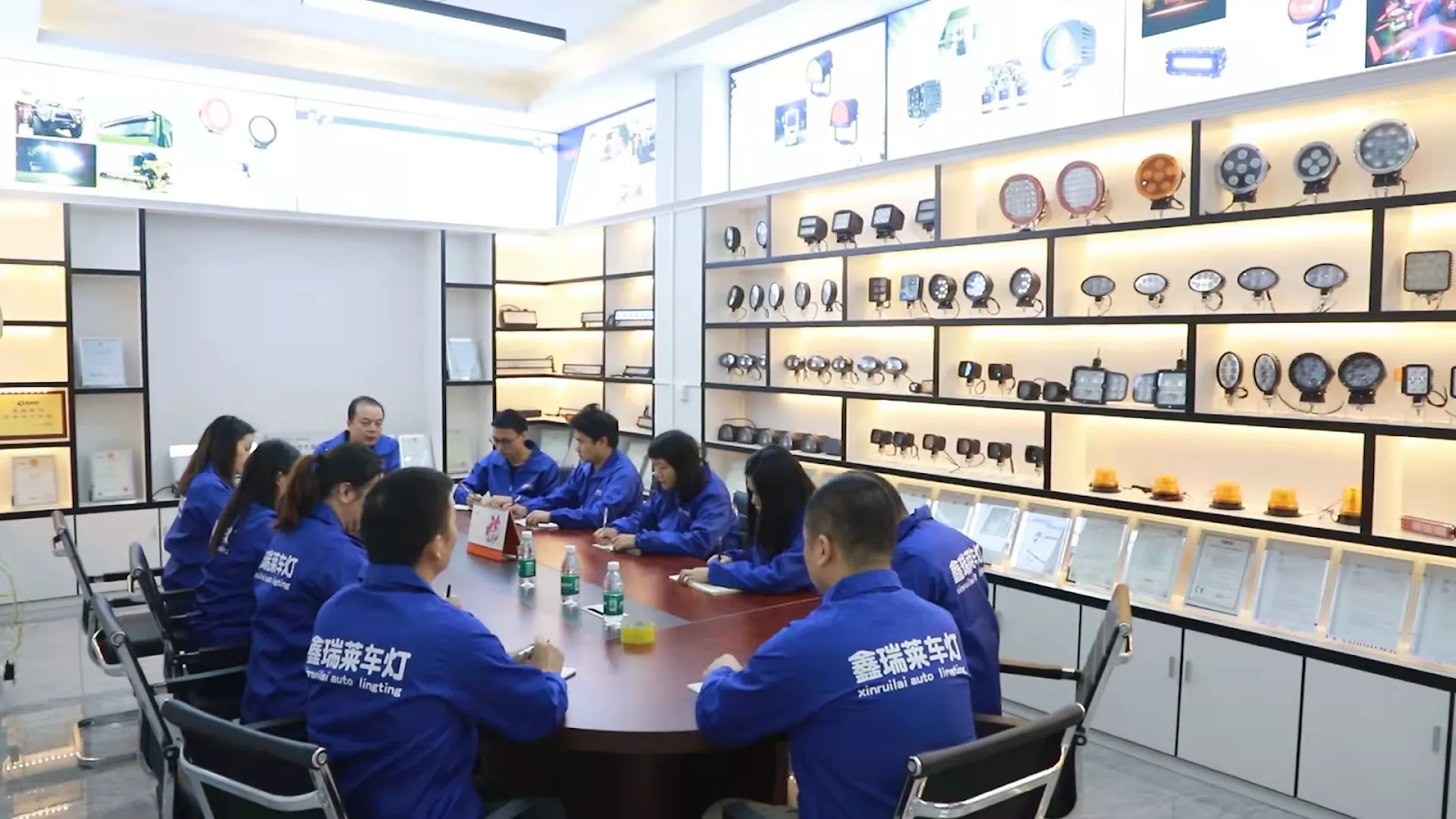
So, how long does LED lights last in vehicle applications? With proper installation and use, 30,000–50,000 hours is realistic—even in harsh off-road or emergency environments.
But pay close attention to brightness loss, color issues, or flickering, especially in color changing light bars. Knowing how to change LED lights and replace worn fixtures at the right time keeps your rig reliable, visible, and safe.
If you rely on singular LED lights or integrated light bars for work, safety, or style—routine checks and timely replacements are essential for optimal performance on every drive.
XRLL have More than 20 years of experience in R&D and production of automotive lights. We have professional sales 1-on-1 follow-up to answer your questions.
